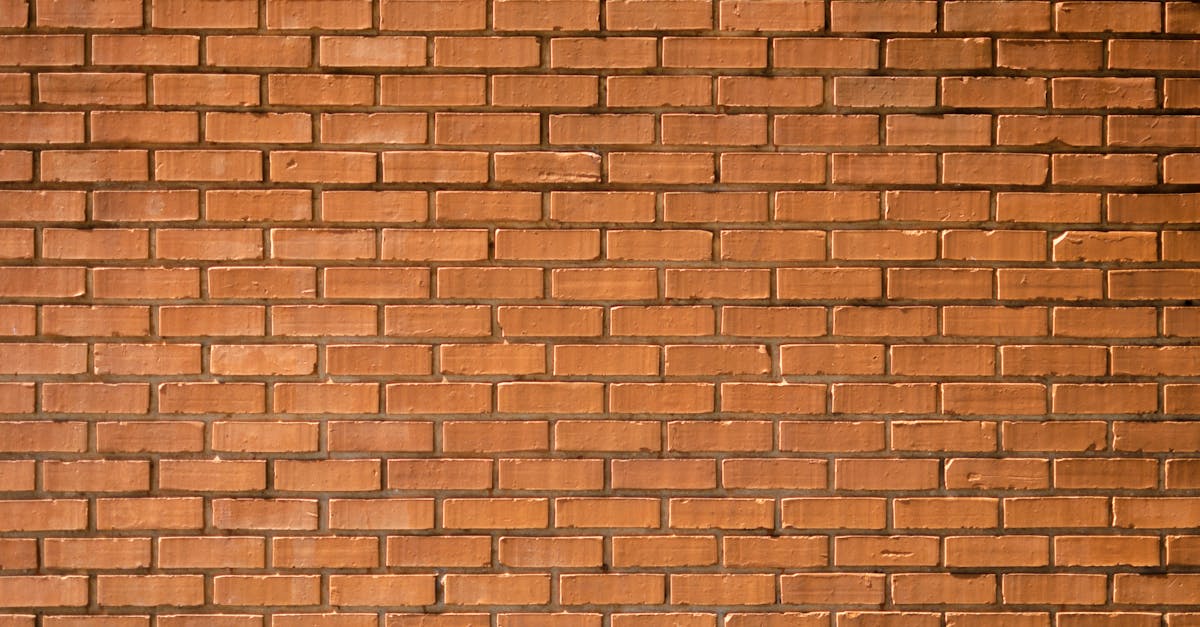
Yes, there have been documented cases where buildings with cavity walls have suffered significant damage due to proloA professional assessment ensures that your insulation is installed correctly, complies with building regulations, and effectively promotes airflow while preventing moisture issues.
Related LinksRelated Links
How to Assess the Condition of Cavity Walls Before InsulationEvaluating Weather-Related Risks for Cavity Wall MaintenanceBest Practices for Retrofits of Cavity Wall InsulationThe Importance of Proper Drainage for Cavity Walls
Tips for DIY Cavity Wall Insulation InstallationSeasonal Changes and Their Impact on Cavity Wall Integrity
Understanding Building Regulations for Cavity Wall InsulationUnderstanding Humidity's Influence on Cavity Wall Damage
Insulating Cavity Walls in Older Homes: Challenges and SolutionsThe Effects of Snow and Ice on Cavity Wall Structures
The Role of Damp Proofing in Cavity Wall Insulation InstallationPreventing Moisture Penetration in Cavity Walls During Storms
Tools Required for Effective Cavity Wall Insulation InstallationAssessing the Impact of Wind on Cavity Wall Stability